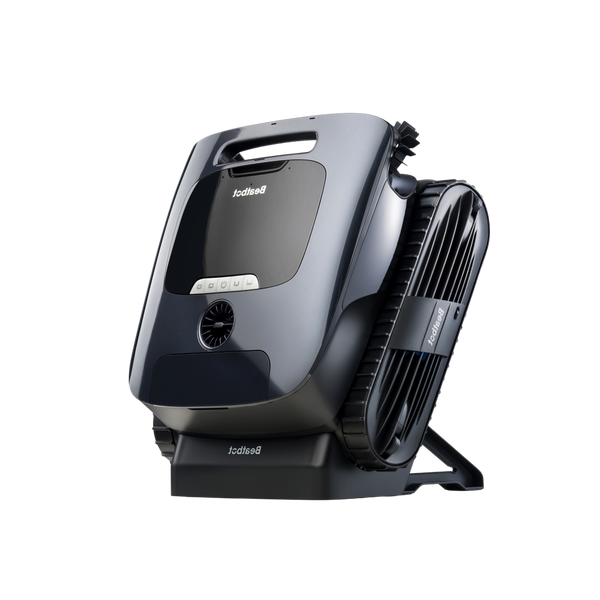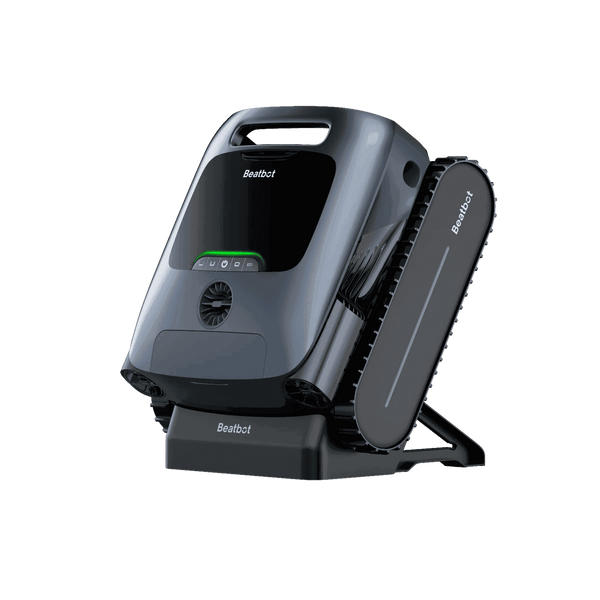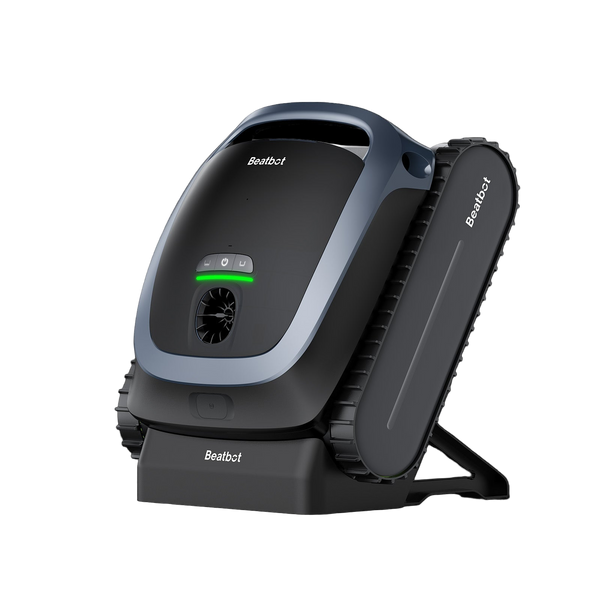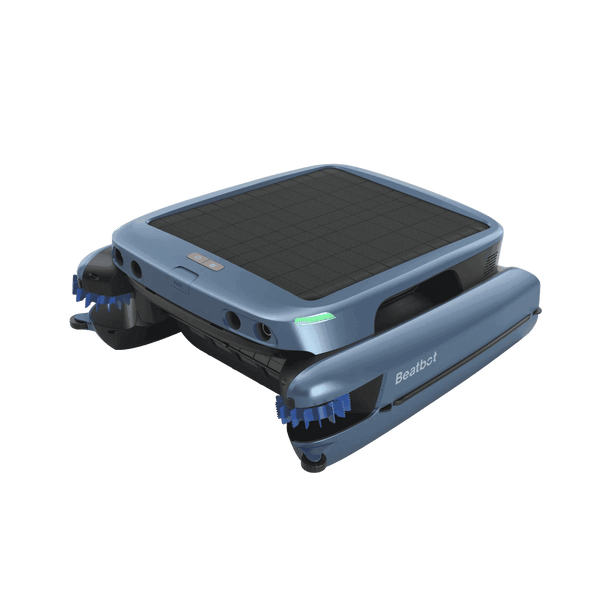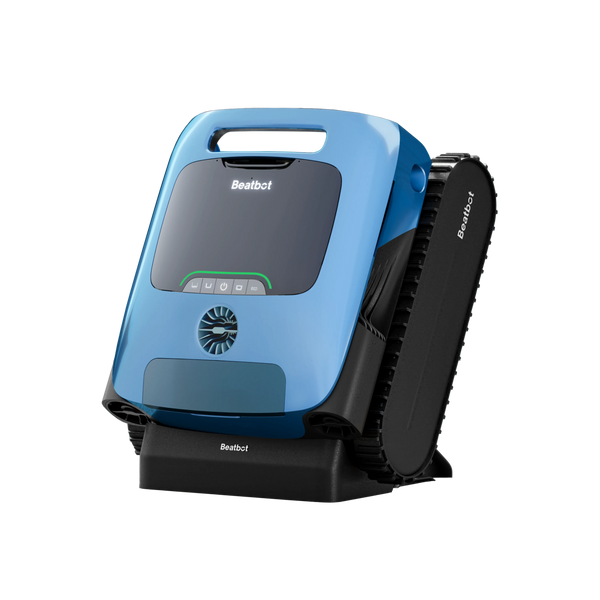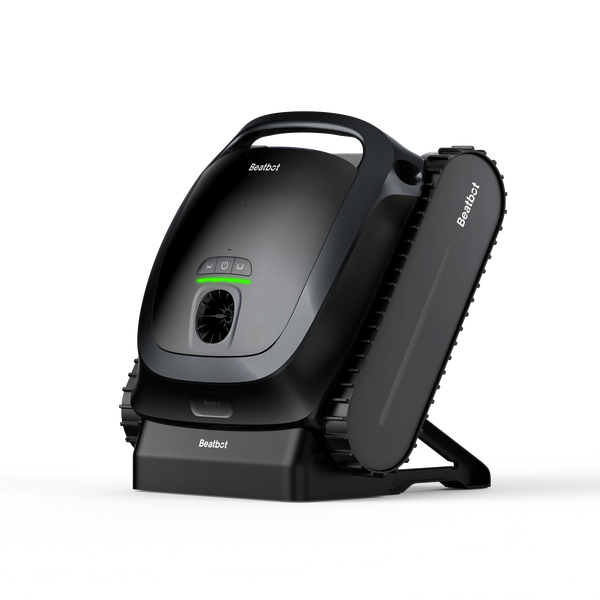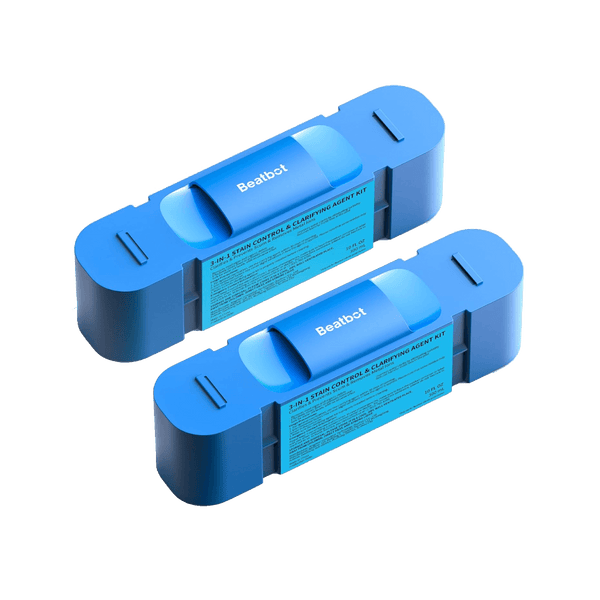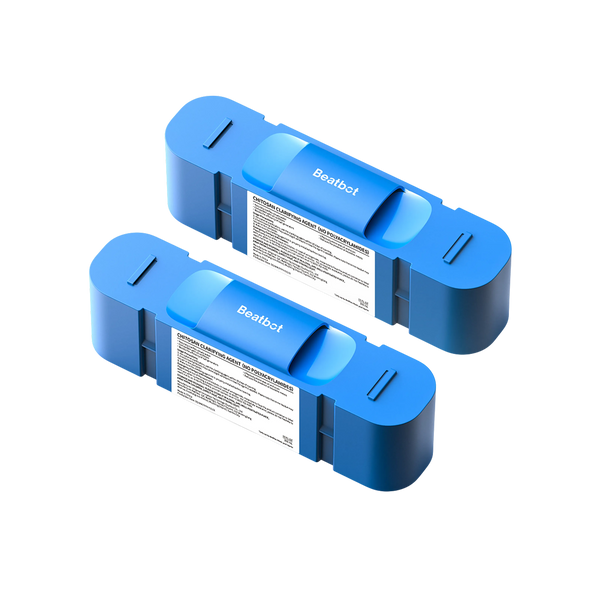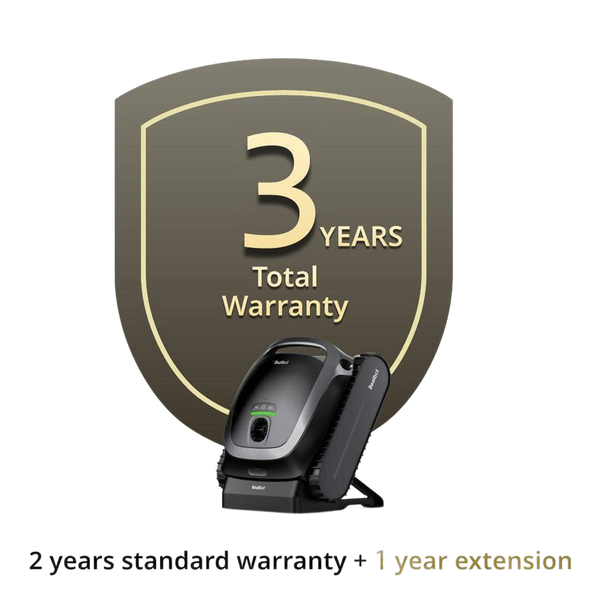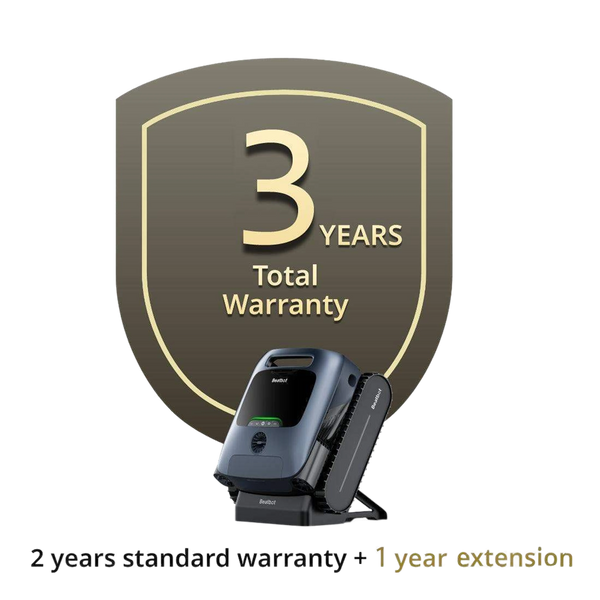Determining the Right Amount of Flocculant for Your Pool
Your dream of crystal clear pool water sits just a few steps away. While many pool owners rush to add chemicals without proper knowledge, you'll discover that mastering pool flocculant dosage transforms muddy water into a sparkling oasis. Ready to dive into the details that'll make your pool the envy of the neighborhood?
Table of content

What Makes Pool Flocculant Work?
Ever watched how dirt settles at the bottom of a glass when you add certain substances? That's exactly what happens in your pool with flocculant. But here's what sets it apart from other clearing agents - it actively pulls scattered particles together into clumps heavy enough to sink.
You're not just filtering water anymore; you're creating a powerful attraction between tiny particles that normally float around invisible to your eyes. These microscopic troublemakers join forces, growing bigger and heavier until gravity takes over. Think of tossing tiny magnets into your pool that attract all the unwanted floating debris.
The best part? You don't need a chemistry degree to make it work. The process happens naturally once you add the right amount of flocculant to your pool water. Those pesky particles that made your water look cloudy yesterday will form visible clumps today, ready for easy vacuum removal tomorrow.
Factors That Impact Your Flocculant Dose
Pool Size Matters
Stop guessing how much flocculant your pool needs. Your pool's volume drives the whole equation. Running a standard 10,000-gallon backyard pool? You'll need way less than your neighbor with the 20,000-gallon paradise. Get your measurements right - length, width, and average depth give you the magic number you need for proper dosing.
Don't fall for the one-size-fits-all trap. Those bottle instructions give you a starting point, but your pool has its own personality. Larger pools need more time for the flocculant to circulate properly. Smaller pools might need a gentler touch to avoid overdoing it.
Current Water Condition
Take a good look at your pool water before grabbing that flocculant bottle. Slightly hazy conditions need a different approach than pea-soup murky water. Drop a dark object into the shallow end - can you see it clearly at four feet deep? If not, you're dealing with significant cloudiness that needs a stronger initial dose.
Remember those times when a little haziness cleared up on its own? That's because minor cloudiness sometimes resolves with proper filtration. But when you're facing stubborn cloudiness that won't budge after 24 hours of normal filtering, your water screams for flocculant intervention.
The type of debris in your water also affects your dosing strategy. Organic materials like dead algae respond differently than inorganic matter like dust and minerals. Check what's causing your cloudy water - a quick visual inspection often tells you if you're dealing with green tints of algae or the grey sheen of suspended metals.
Want to nail the perfect dose? Start by testing your water's current chemistry. Proper pH levels make flocculant work better - shoot for that sweet spot between 7.2 and 7.6. You'll waste less product and get clearer results when your water chemistry supports the flocculation process.
Getting the Numbers Right
Forget complex calculations - your pool needs about 1-2 pounds of flocculant per 10,000 gallons. But hold back from dumping the maximum dose right away. Start with the lower amount, especially when dealing with mild cloudiness. You'll often find that's enough to do the job.
Watch how your water responds within the first few hours. Clear improvement signals you've hit the sweet spot. No visible change? Add half the initial dose after 24 hours. This measured approach saves you money and protects your pool from chemical overload.

Application Tips for Better Results
Kill your pool pump before adding flocculant. Sounds counterintuitive? Here's why it works - still water lets those newly formed particle clumps sink straight to the bottom. Give them 8-12 hours of pure stillness. Once they've settled, kick your pump back on at its lowest setting.
Spread the flocculant evenly across your pool's surface. Walk around the edge, pouring in a thin stream. This method beats dumping it all in one spot. You'll get better coverage and faster results when the chemical disperses properly from the start.
Common Mistakes to Avoid
Adding flocculant right after shocking your pool wastes both chemicals and your time. The high chlorine levels from shocking actually fight against the flocculation process. Wait at least 24 hours after shocking - your wallet will thank you.
Keep an eye on the weather forecast. Wind and rain turn your careful chemical addition into a waste of effort. Pick a calm, clear day for adding flocculant. Your results will improve dramatically when mother nature cooperates with your pool maintenance schedule.
Maintenance After Flocculation
Once those particles hit bottom, vacuum them straight to waste. Skip your regular vacuum setting - it just shoots the debris back into your water through the filter. A thorough vacuum job might take longer, but it removes those settled particles for good.
Hit your filter with a good backwash after vacuuming. This final step clears out any particles that snuck through your vacuum process. Then run a quick water test and adjust your chemistry as needed. Your pool's ready to shine again.
When to Skip Flocculant
Not every cloudy pool needs flocculant. Sometimes a clarifier handles minor issues better, especially when dealing with light haze. Check your filter's condition first - a clean, efficient filter often clears mild cloudiness on its own.
Running your pump longer often beats adding more chemicals. Try extending your filtration time by a few hours before reaching for the flocculant. You might just save yourself some money and avoid unnecessary chemical use.
Remember - keeping your pool clear starts with proper maintenance. While flocculant works wonders in the right situation, you'll get the best results by catching problems early. Keep your chemistry balanced, your filter clean, and your maintenance schedule steady. Your pool will reward you with sparkling water all season long.
Relative Blogs
About the author
